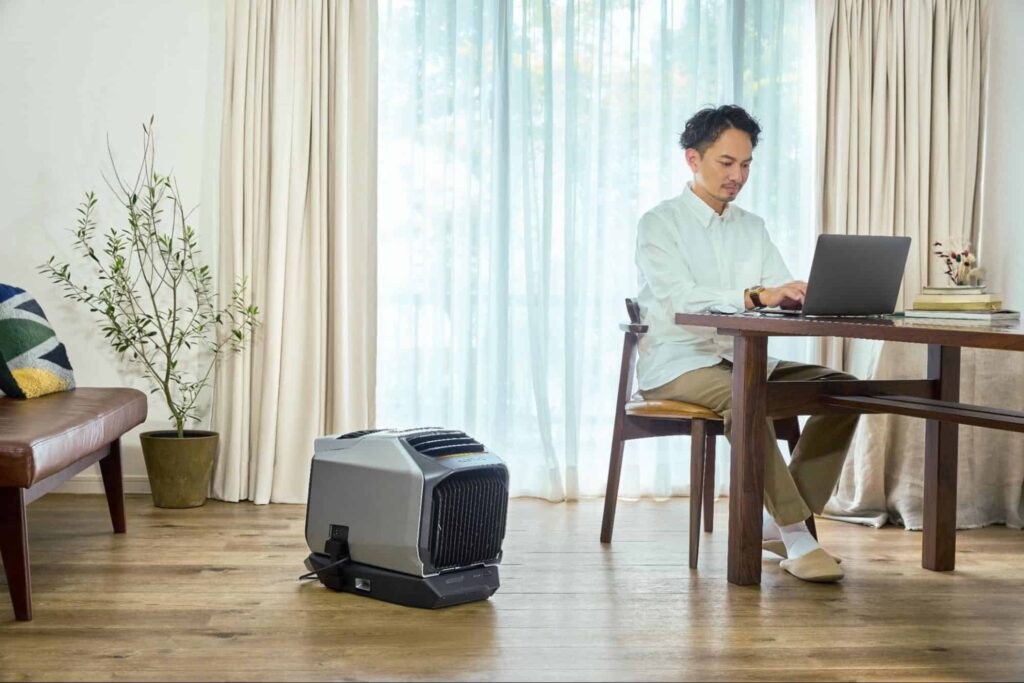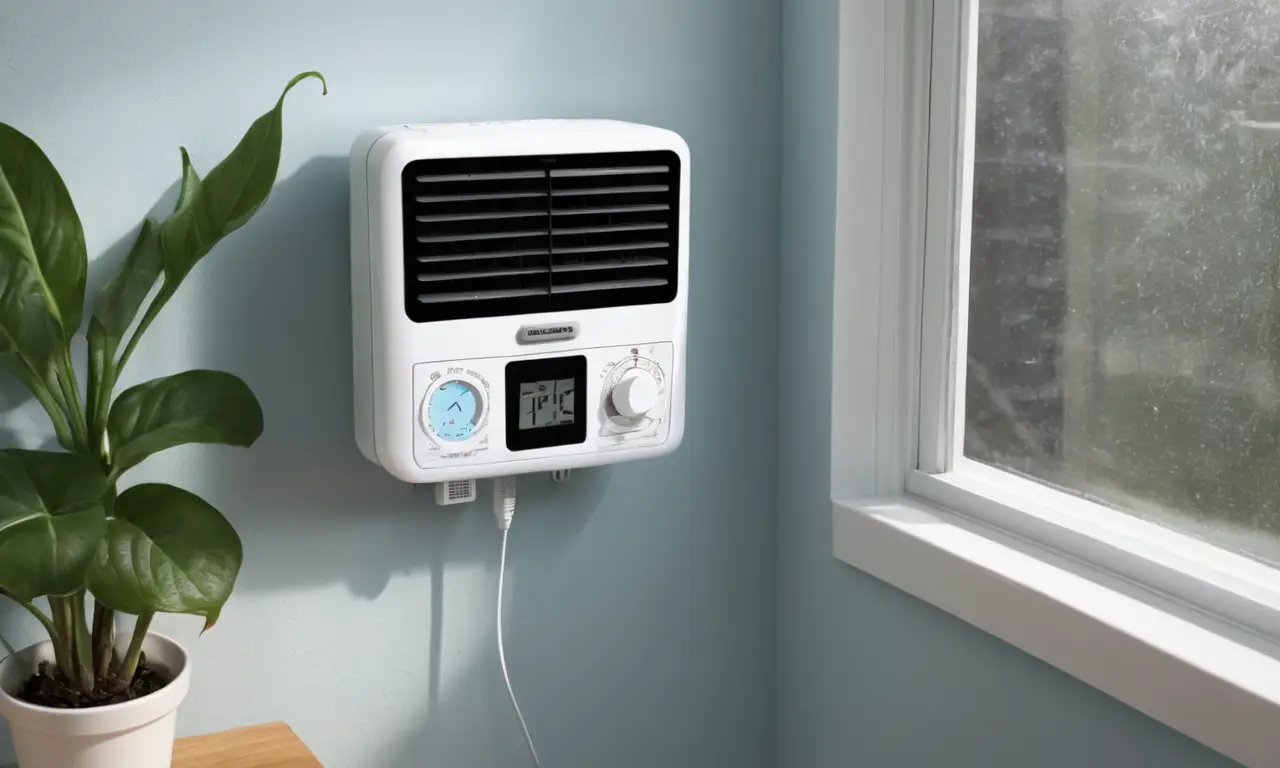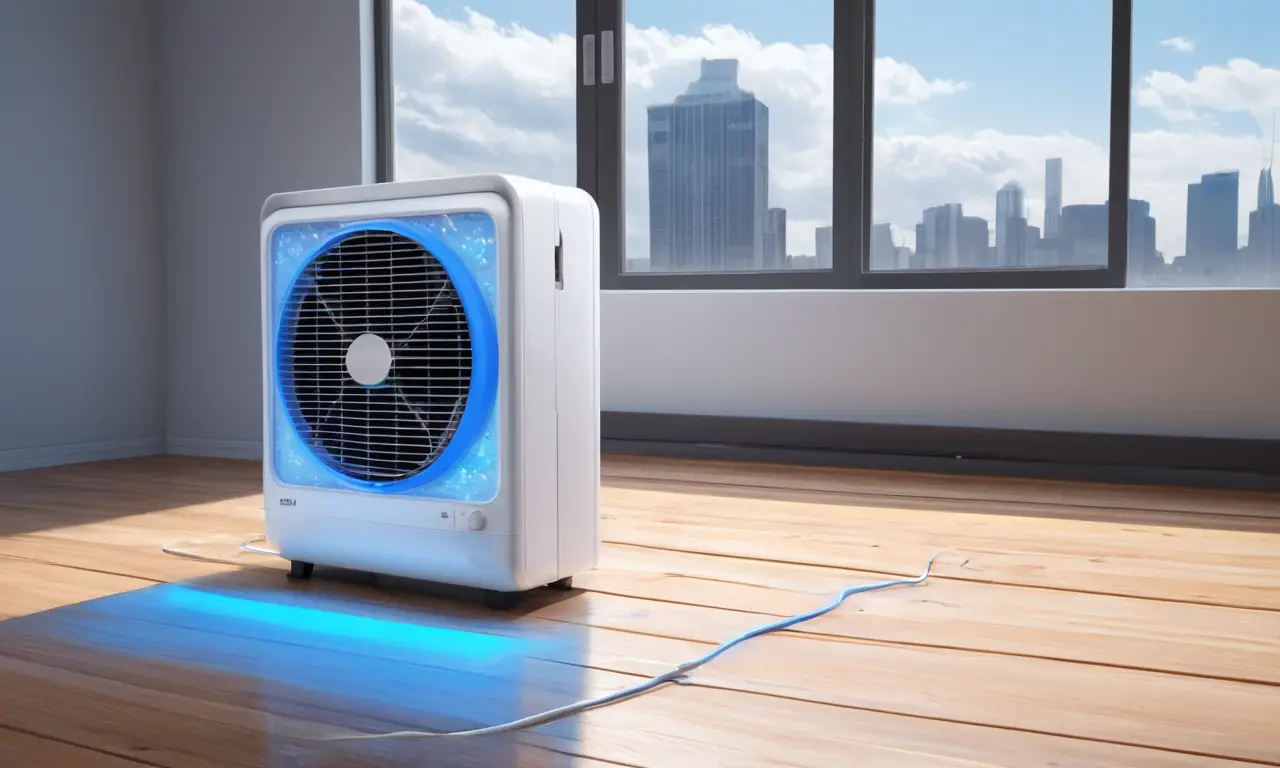
Portable air conditioners have become increasingly popular as a convenient way to cool individual rooms without the need for complex installations. However, understanding how long these units can run continuously is essential for maximizing their performance and lifespan. This article will delve into the factors influencing portable AC runtime, provide insights into typical operating durations, and offer tips on optimizing both performance and energy efficiency.
Portable AC Runtime Explained
The continuous runtime of a portable air conditioner refers to the maximum period it can operate without interruption before requiring a break or cooldown period. This duration is influenced by several key factors, including the unit’s cooling capacity, the ambient temperature, and the desired room temperature. Essentially, the higher the cooling demand, the shorter the continuous runtime will be.
Portable AC units typically function by drawing in warm air from the room, passing it over a refrigerant coil to cool it down, and then expelling the cooled air back into the space. This process requires energy, which is supplied by electricity. As the unit operates continuously, its internal components generate heat, necessitating periodic rest periods to prevent overheating and ensure optimal performance.
Factors Affecting Continuous Operation

Several factors can significantly impact how long a portable AC unit can run continuously:
Cooling Capacity
The cooling capacity of a portable AC unit is measured in British Thermal Units (BTUs) per hour. Higher BTU ratings indicate greater cooling power, allowing the unit to cool larger spaces or handle more demanding temperatures. Units with higher BTUs generally have longer continuous runtime capabilities compared to those with lower ratings.
Ambient Temperature
The temperature of the surrounding air directly affects the workload on a portable AC unit. When the ambient temperature is high, the unit must work harder to cool the room, leading to shorter continuous runtimes. Conversely, in cooler environments, the unit can operate for longer periods without needing breaks.
Desired Room Temperature
Setting the desired room temperature lower than the ambient temperature increases the cooling demand on the unit. A larger temperature difference between the indoor and outdoor air requires more energy expenditure from the AC, resulting in shorter continuous runtimes.
Airflow Restrictions
Proper airflow is crucial for efficient cooling. Obstructions such as furniture or curtains can restrict airflow around the unit, forcing it to work harder and potentially reducing its continuous runtime.
Typical Runtimes for Portable AC Units
While specific runtimes vary depending on the factors mentioned above, most portable AC units can operate continuously for several hours without requiring extended breaks. Here’s a general guideline:
- Small Units (5,000-7,000 BTUs): 3-5 hours
- Medium Units (8,000-10,000 BTUs): 4-6 hours
- Large Units (11,000+ BTUs): 5-8 hours
It’s important to note that these are approximate figures and actual runtime may differ based on individual unit specifications and operating conditions.
Maximizing Lifespan and Performance

To ensure optimal performance and prolong the lifespan of your portable AC unit, consider the following:
Consult Your User Manual
Always refer to the manufacturer’s instructions for specific guidelines on continuous operation and recommended rest periods for your particular model.
Incorporate Periodic Rest Periods
Even if your unit can run continuously for several hours, it’s beneficial to incorporate periodic rest periods of 15-30 minutes every few hours. This allows the internal components to cool down and prevents overheating.
Maintain Proper Airflow
Ensure that there is adequate airflow around the unit by keeping furniture and obstructions away from its vents.
Clean Regularly
Regularly clean the air filter and condenser coils according to the manufacturer’s recommendations. A clean unit operates more efficiently and can extend its lifespan.
Energy Efficiency Considerations
While portable AC units offer convenient cooling solutions, they can consume a significant amount of energy. To minimize your electricity bill and environmental impact, consider these tips:
Use Smart Thermostats
Programmable thermostats allow you to set specific temperatures for different times of day, ensuring that the AC only runs when needed.
Seal Air Leaks
Check windows and doors for air leaks and seal them with weather stripping or caulk to prevent cool air from escaping.
Utilize Fans
Ceiling fans or portable fans can help circulate cool air throughout the room, reducing the workload on your portable AC unit and lowering energy consumption.
Conclusion
Understanding how long how long can you run a portable air conditioner continuously is crucial for maximizing performance, lifespan, and energy efficiency. By considering factors such as cooling capacity, ambient temperature, desired room temperature, and airflow restrictions, you can optimize the operation of your portable AC unit and enjoy comfortable cooling throughout the summer months. Remember to consult your user manual for specific guidelines and incorporate periodic rest periods to prevent overheating and ensure long-term performance.
